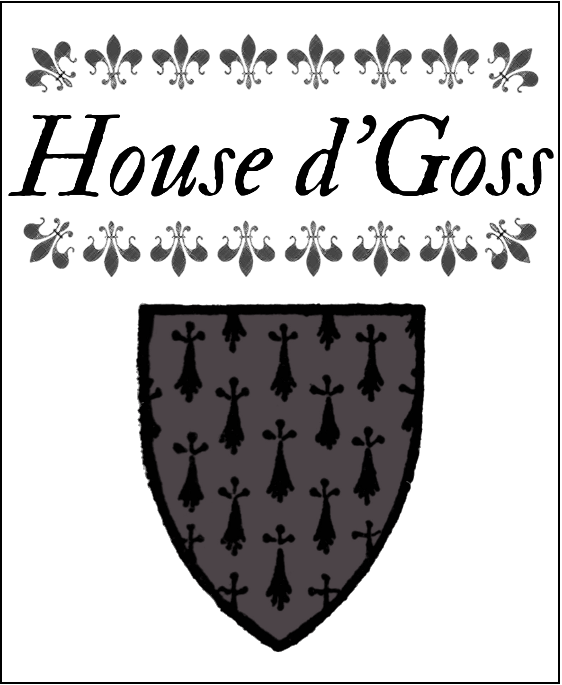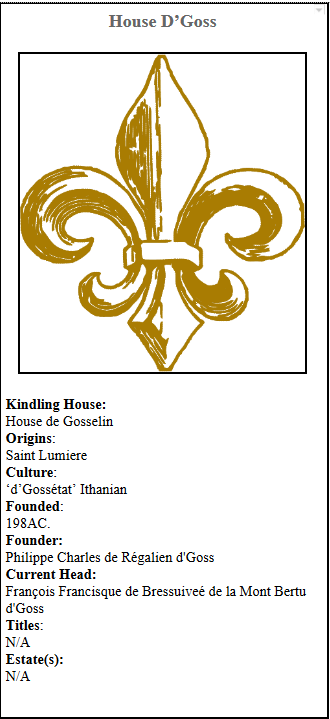History.

Francois d'Goss. Patriarch of House d'Goss.
Origins.
House d'Goss, so named in honour of the de Gosselin Dukedom from whence it came, is an Ithanian Aristocratic Family originating from Saint Lumiere in the isles of Basta. The family can first be found in record in the year 198AC., when Phillipe Charles de Régalien an Ithanian cavalryman settled within Saint Lumiere under Duke de Gosselin. It was here that Phillippe squired and was knighted in service to the Duke, taking the name d'Goss in honour and thankfulness for having been allowed dwellings in his liege's land. Philippe d'Goss would live a full and healthy life within the lands of Duke de Gosselin, often serving in his conflicts with his neighbouring Ithanian Dukedoms. When it did come to pass that Phillippe became ailing in 270AC., the knight faded peacefully, and passed down his inheritance to his first son, following primogeniture.
Regency.
Following the death of Ser Phillippe d'Goss, Francois d'Goss, Phillippe's first-born son inherited his father's fief. A Regency Council, comprised of Phillipes two younger brothers, Louis and Henri, and his brother-in-law Charles, headed the family affairs in place of the nine-year-old Francois. This was a time of strife and internal conflict; the Council, though with an appearance of stability, was rife with opposing thought. While Henri and Louis were oft a mirrored image of the late Ser Phillippe's pro-patriarchal politique, Charles, on the other hand, was a Vixhall born banker, spiteful towards the two men's 'misguided' philosophy. The dramatic conflict ended in what can only be described as tragedy when, at a feast within the walls of the d'Goss Estate, a unfortunate death occurred. Amid a scuffle between the three men, spurned by talk of Duchess Alaïs I de Paquet and her claim to Basta, Charles was launched backwards, cracking his skull upon the ancestral bust of Ser Phillippe d'Goss. In true spirit of Princois Ancois, Charles was laid to the grave, thanks to the stone carved head of the old knight. From thereon out, the Regency Council ran exceedingly smoothly.
Francois.
Upon reaching the age of sixteen, Francois d'Goss took upon his responsibilities. Squiring in the isles of Basta, Francois, much like his father, was knighted and swore a sacred oath to serve de Gosselin until a day in which the Duke became Sovereign of Ithania. Francois leads over the family in its current state - despite a merely common status at present.
House d'Goss, so named in honour of the de Gosselin Dukedom from whence it came, is an Ithanian Aristocratic Family originating from Saint Lumiere in the isles of Basta. The family can first be found in record in the year 198AC., when Phillipe Charles de Régalien an Ithanian cavalryman settled within Saint Lumiere under Duke de Gosselin. It was here that Phillippe squired and was knighted in service to the Duke, taking the name d'Goss in honour and thankfulness for having been allowed dwellings in his liege's land. Philippe d'Goss would live a full and healthy life within the lands of Duke de Gosselin, often serving in his conflicts with his neighbouring Ithanian Dukedoms. When it did come to pass that Phillippe became ailing in 270AC., the knight faded peacefully, and passed down his inheritance to his first son, following primogeniture.
Regency.
Following the death of Ser Phillippe d'Goss, Francois d'Goss, Phillippe's first-born son inherited his father's fief. A Regency Council, comprised of Phillipes two younger brothers, Louis and Henri, and his brother-in-law Charles, headed the family affairs in place of the nine-year-old Francois. This was a time of strife and internal conflict; the Council, though with an appearance of stability, was rife with opposing thought. While Henri and Louis were oft a mirrored image of the late Ser Phillippe's pro-patriarchal politique, Charles, on the other hand, was a Vixhall born banker, spiteful towards the two men's 'misguided' philosophy. The dramatic conflict ended in what can only be described as tragedy when, at a feast within the walls of the d'Goss Estate, a unfortunate death occurred. Amid a scuffle between the three men, spurned by talk of Duchess Alaïs I de Paquet and her claim to Basta, Charles was launched backwards, cracking his skull upon the ancestral bust of Ser Phillippe d'Goss. In true spirit of Princois Ancois, Charles was laid to the grave, thanks to the stone carved head of the old knight. From thereon out, the Regency Council ran exceedingly smoothly.
Francois.
Upon reaching the age of sixteen, Francois d'Goss took upon his responsibilities. Squiring in the isles of Basta, Francois, much like his father, was knighted and swore a sacred oath to serve de Gosselin until a day in which the Duke became Sovereign of Ithania. Francois leads over the family in its current state - despite a merely common status at present.
Family Tradition.
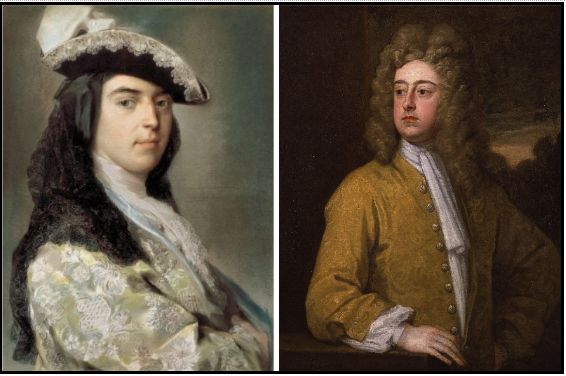
Alexandre & Pierre d'Goss - Younger Brothers to Francois d'Goss.
Often adorned in marvelous wigs and brushed with powders and Ithaní makeups, the d'Goss men are marked as feminine and delicate. However, despite the flamboyant and often courtly mannerism of d'Goss males, more often than not these Ithanians partake in rigorous amounts of militarism. It is common for d'Goss men to become knights in the isles of Basta, military theorists, professional fencers, or even politicians. Some if not all males of House d'Goss swear an honour oath, to House de Gosselin, to aid the Duke Florent I in his conquest of Basta and Ithania; patriarchy and male rule is as such a common if not dominant thought among these men, with a few exceptions.
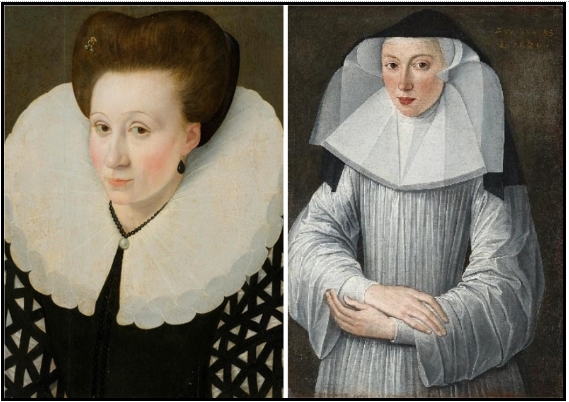
Marie & Ana d'Goss - Older and Younger Sister of Francois.
They say the women of Vixhall weep tears of remorse for the ladies of d'Goss and de Gosselin; it is true, these women live a less empowered life than their Vixhall Sisters. In fact, most d'Goss women find themselves in the care of the Silent Sisters: a wicked twist of the well known 'Princois Femesse' that d'Goss men name 'Princois Hommasse'. The idea of Princois Hommasse being that women are far too delicate, fragile, and precious to be left to their own devices and, as such, must be sent to a life of religious service, or otherwise cared for at home. While unlike the Vladno's harsh and violent treatment of the opposite sex, Princois Hommasse calls for care and consideration, to treat a woman like one would treat a helpless creature. In fact, many d'Goss women who have been spared the frock of the Silent Sisters, often dress all in black, to show their despair for their current situation, and a longing to return to matriarchal rule.
Fashion.
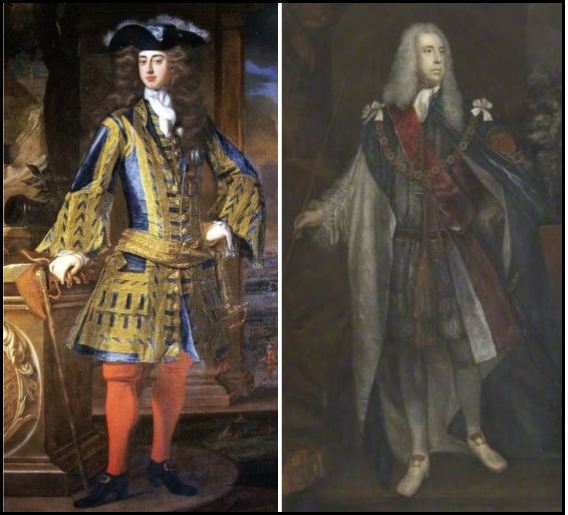
Ser Francois & the late Ser Phillippe d'Goss.
The fashion and styles of the d'Goss family are often vibrant and full of colour. Men often shave their heads to make room for a variety of wigs and headwear; d'Goss men will more often than not be seen with varying colours and lengths of wigs, changing from day to day. In addition, powder and other such makeupes are used in abundance in order to keep the face youthful and unaged.
The d'Goss family do not adorn themselves in House Colours, as many other Regalian Houses tend to do. In fact, this is seen as a silly triviality and a limitation of the variety and vibrance of one's aesthetic design. The d'Goss will frequently change the colour of their robes, finding that variety often trumps any notion of 'House Colour'.
The women of d'Goss are dressed as any other Ithanian women. Their clothing laced in silk, and finery. However, the clothing of a natural born d'Goss is often exclusively black, and lacking in colour, unlike their sisters in Vixhall. The majority of d'Goss women, however, will find themselves adorned in the drock of a Silent Sister, serving an abbess in a nunnery.
The d'Goss family do not adorn themselves in House Colours, as many other Regalian Houses tend to do. In fact, this is seen as a silly triviality and a limitation of the variety and vibrance of one's aesthetic design. The d'Goss will frequently change the colour of their robes, finding that variety often trumps any notion of 'House Colour'.
The women of d'Goss are dressed as any other Ithanian women. Their clothing laced in silk, and finery. However, the clothing of a natural born d'Goss is often exclusively black, and lacking in colour, unlike their sisters in Vixhall. The majority of d'Goss women, however, will find themselves adorned in the drock of a Silent Sister, serving an abbess in a nunnery.
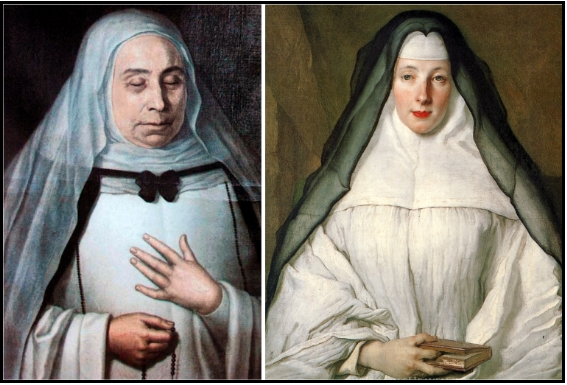
Abbess Maria d'Goss (First d'Goss woman sent to the Sisters.) and Lucia d'Goss.
Characters.
All Characters are subject to applicant creativity. Name changes, and applicant creations are acceptable.
Phillippe d'Goss
Deceased
Louis d'Goss - Henri d'Goss
Playable under circumstances.
Maria d'Goss (Silent Sister)
Playable
♚Francois d'Goss♚
@AntonVoron.
Alexandre d'Goss - Pierre d'Goss
Playable
Marie d'Goss - Ana d'Goss (Silent Sister)
Playable
Lucia d'Goss (Silent Sister)
Playable
Rules and Application.
OOC Regulations
Rules and Conduct
- Your d'Goss should be your main character and be played 75% of your roleplay time. If you don't intend on maining your d'Goss, the family might not be for you?
- Your d'Goss should not be a Vampire/Undead - special cases may be made for mages or other forms of supernatural characters
- A good level of communication should be kept between myself and d'Goss members, and as such Skype or Discord are required for membership in the family
- A good understanding of server lore, d'Goss lore, and current progression posts should be maintained and had prior to application
Application
- OOC
- References from other players:
- Nobility Experience?:
- Activity: (Roughly how many hours a week?/Event attendance?)
- Past Character Apps:
- IG Punishments: (Bans, mutes, jails)
- Reason for Applying?:
- IC
- Character: (Either being applied for or suggested within the family tree and lore)
- Character Age:
- Description: (Physical Details)
- Personality:
- Short Life Story & your description:
Last edited:


